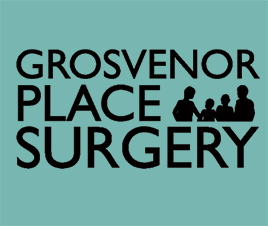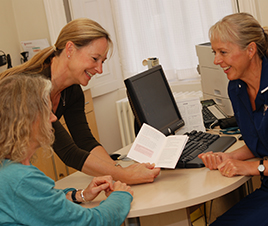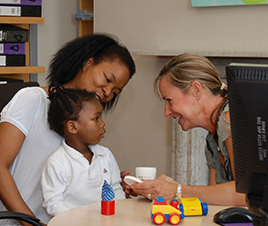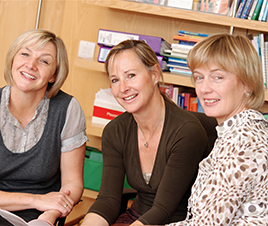What we had learned so far
1. Preventing admission of older people to hospital
‘No convincing evidence exists that increases in the provision of community services reduces the length of stay for frail elderly people…. We urgently need aids that can more effectively detect and measure the severity of frailty in community dwelling older people’.
D’Souza, S. and Guptha, S. (2013). BMJ Editorial, BMJ; 346:f3186
2. Continuity of care matters
‘Relationship continuity remains vitally important, both because it matters to patients and because it facilitates informational and management continuity when they matter most.’
Guthrie, B. (2008). BMJ Analysis, BMJ; 337:a867
3. Making Integrated care happen at scale and pace
Develop a persuasive vision to describe what integrated care will achieve.
‘A sense of belonging to one system, and being empowered to do the right thing.’
Build integrated care from the bottom up as well as the top down
‘Experience indicates the importance of a single point of access to this team,…and close alignment between the work of the team and that of other providers of care…’
Ham, C. and Walsh, N. (March 2013). Lessons from experience, The Kings Fund.
4. Develop new Generalist-led integrated services to deliver personalised, cost-effective care
‘…build on a solid foundation of community-based, personalised integrated healthcare services. To function effectively and sustainably, such services will need to be built around core areas of generalist expertise; first-contact care, continuous care, complex care, whole-person care and systems of care’
RCGP (2013). The 2022 GP, A Vision for General Practice in the future NHS
Our Rationale
1. We thought we could predict the elderly people who were at risk of not managing on their own who were susceptible to admission. We found there was often an issue with patients having capacity, but lacking insight and physical ability.
2. We envisaged working closely with a single social care colleague would particularly enhance managing patients care. We also felt liaison with a social worker discussing patients with mental health problems, particularly cognitive impairment, was important, as often these patients had difficulty engaging with services from which they would benefit.
3. With direct access to physio and occupational therapy colleagues we hoped we could access more timely treatment, and even prevent admissions with those patients who had a tendency to fall, and self-neglect.
4. By discussing issues relating to our patients we could enhance continuity of care, as we know our patients and, often their families and often have managed their long term conditions for some time.
5. We had experienced excellent, and poor, patient admissions and discharges and closer liaison with social care and therapy colleagues would enhance the process and patient experience.
The Story started with a 74 year old man …
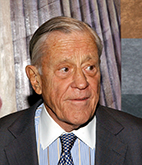 By describing repeated admissions and poor patient journey to a PCT Manager, who facilitated a social care and therapy colleague to meet us in the Practice. He had frequent unnecessary admissions, some 20 over 18 months. Living alone, he repeatedly called 999 to be admitted to hospital with ‘chest pain’. On 2 occasions he was found wandering outside, once in winter in his underpants. He did not meet the Community Mental Health Team criteria for ‘severe and enduring needs’.
By describing repeated admissions and poor patient journey to a PCT Manager, who facilitated a social care and therapy colleague to meet us in the Practice. He had frequent unnecessary admissions, some 20 over 18 months. Living alone, he repeatedly called 999 to be admitted to hospital with ‘chest pain’. On 2 occasions he was found wandering outside, once in winter in his underpants. He did not meet the Community Mental Health Team criteria for ‘severe and enduring needs’.
He has heart disease, but calling 999 reporting ‘chest pain’ was a plea for help, as he was unable to care for himself and our real concern had no effective family support. We were, it seemed, unable to change this pattern, until an effective discussion identified a lack of capacity and behavior putting himself at risk, and he was rehoused in residential accommodation, in a caring environment.
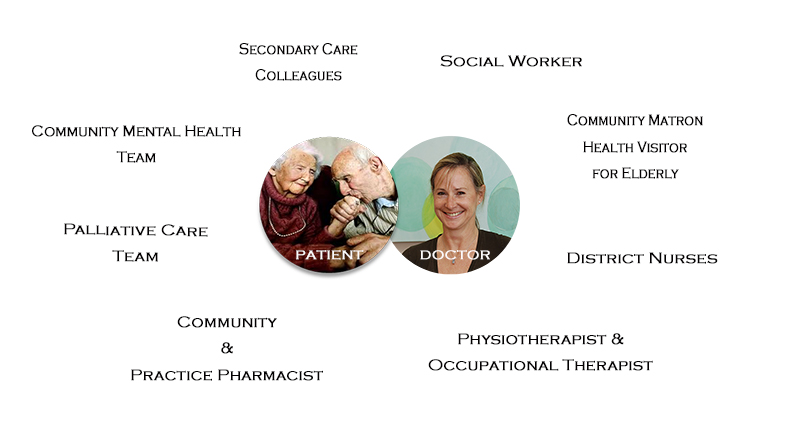
Inspired to change
■ We met In March 2012. GPs and District Nurses and a Community Physiotherapist in the practice, we were joined -by a social care colleague, and mental health manager.
■ We talked about patients who were unwell, or who had recently been admitted and very quickly it became obvious whose care we could enhance by our collaborative working.
■ Our Practice Manager was subsequently able to access a Risk Stratification tool, and we were then able to compare list of patients we anticipated would have medical and social problems, to those on the toolkit.
■ Our new Community Matron attended some meetings
■ Our last meeting with this format was in Jan 2103; it has now changed to an alternate local model.
■ We met every 2 months, for 60 minutes, duration of 12 months.
■ Our future plan included our community Pharmacist to optimise medicines management.
■ Change was initiated for 5 patients, frequent attenders to our local hospital, to residential or nursing homes- with no further admissions.
Problems identified at our very first meeting
1. The lack of communication and between GPs and social care. For example, GPs did not know social services, were involved with a patient with advanced dementia.
2. Problems with ‘self-funding’ patients refusing to pay for recommended care.
3. Often an unexpected crisis, initiated hospital admission.
It became obvious to us all very soon, the benefits to patients of our team discussions.
We found issues often arose with patients
■ Without supportive family, either living far away, or not recognising their care needs
■ On multiple medications, particularly multiple medications including anticoagulants and insulin
■ Who ‘self fund’ but refuse to pay, or value, care
■ With cognitive impairment and lacking insight
■ Not accepting the need to increase safety, with poor mobility or falls
■ Not valuing carers ‘I don’t need them Dr’
■ With deteriorating conditions, especially cancer and dementia
■ Who believe ‘I’ll be alright Dr’ and lack insight into their risk
Communication and Intelligence
Importantly, communication between professionals about patients between meetings, via telephone and email were vital to the process. We all realised the importance COMMUNICATION between us at all times, not necessarily confined to meetings.
We discovered ‘Intelligence’ is vital, arriving with the GP from
1. Patients. Our Surgery number is beside their phone
2. Relatives, near and far- often far!
3. Practice and MDT Colleagues (in particular District Nurses)
4. Awareness of potential pitfalls from long term relationships with our patients
5. Communications from Out of Hours colleagues
6. Communications from Secondary care contacts, outpatients, emergency dept. attendance and outpatient correspondence.
7. Contacts with Community Pharmacist and Community Police
8. Communications from the Hospice and palliative care team
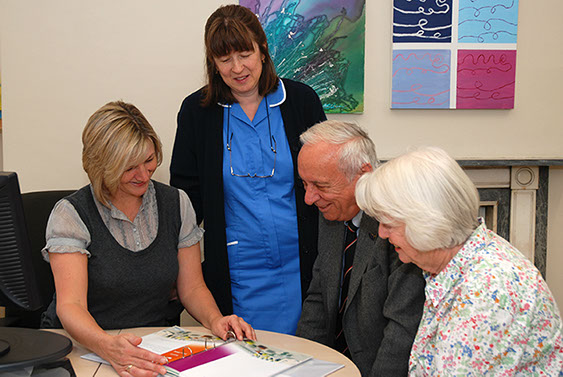
What did the MDT participants say about our work?
Back to top
■ The meeting provides a conduit, referral and optimal assessment with collaboration between health and social care
■ We have a very useful link now to social services
■ We have patients in common and can work as a team
■ Reduced frustration and enhanced communication
■ Being aware of colleagues to ask direct queries
■ There is correlation between patients GPs identify and a recent risk assessment tool predicting patients at risk of admission to hospital
■ There is potential to save money as well as unnecessary admissions as patients like are more likely to be identified and managed differently
■ We believe we can make a difference, together
■ Our Cluster Group would like a their own identified Social Worker, Rehab specialists and Community Matron with whom to liaise
■ We, GPs, can be ‘the caretaker of the space in which things happen’
■ Our District Nurses, who remain attached to our practice, are vital caring for, and providing intelligence for our frail elderly patients
Dr Nicole Howse MBBS MRCGP DGM DFSRH
nicole@drhowse.co.uk
